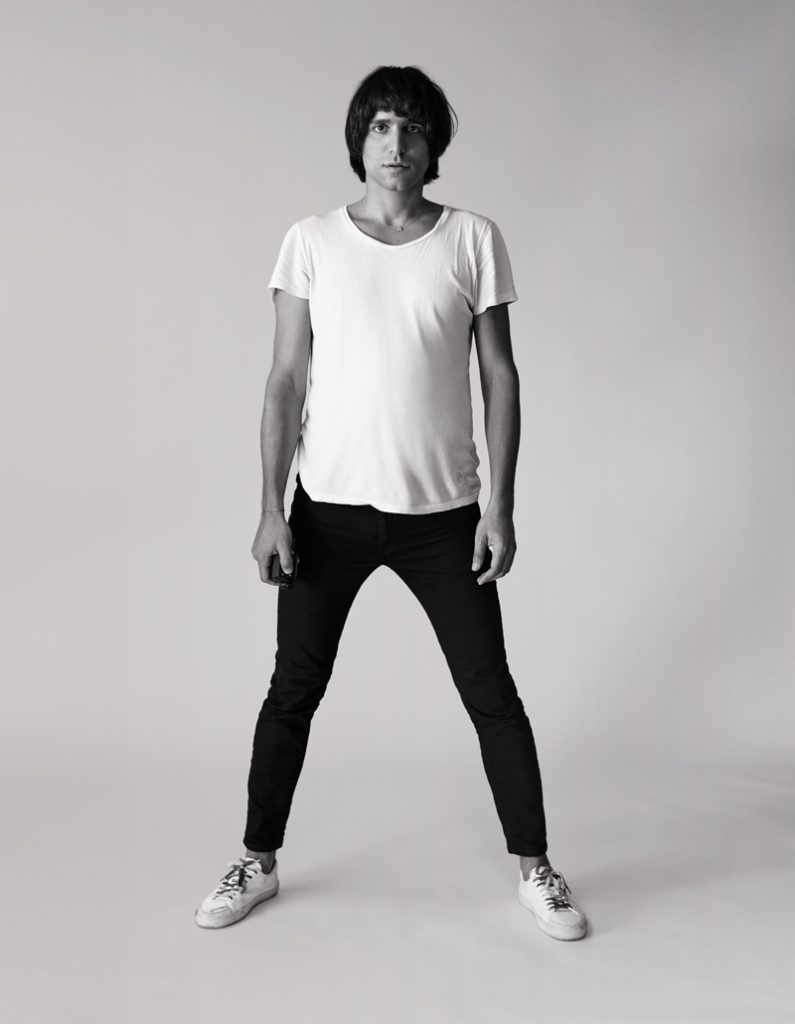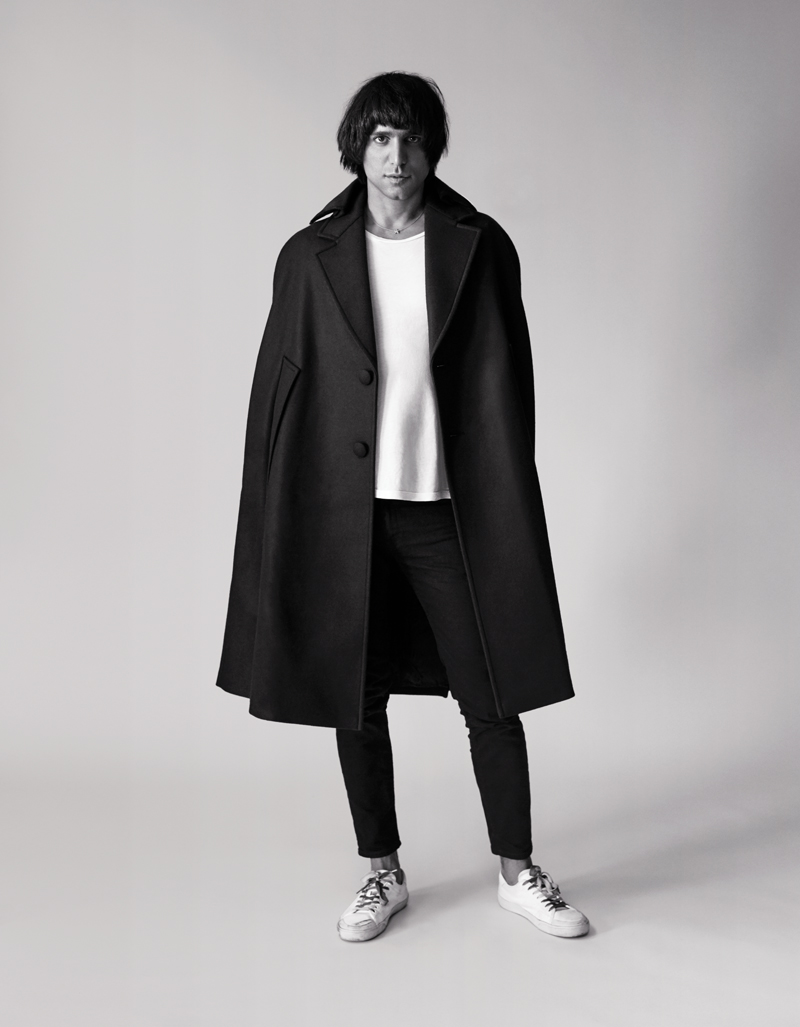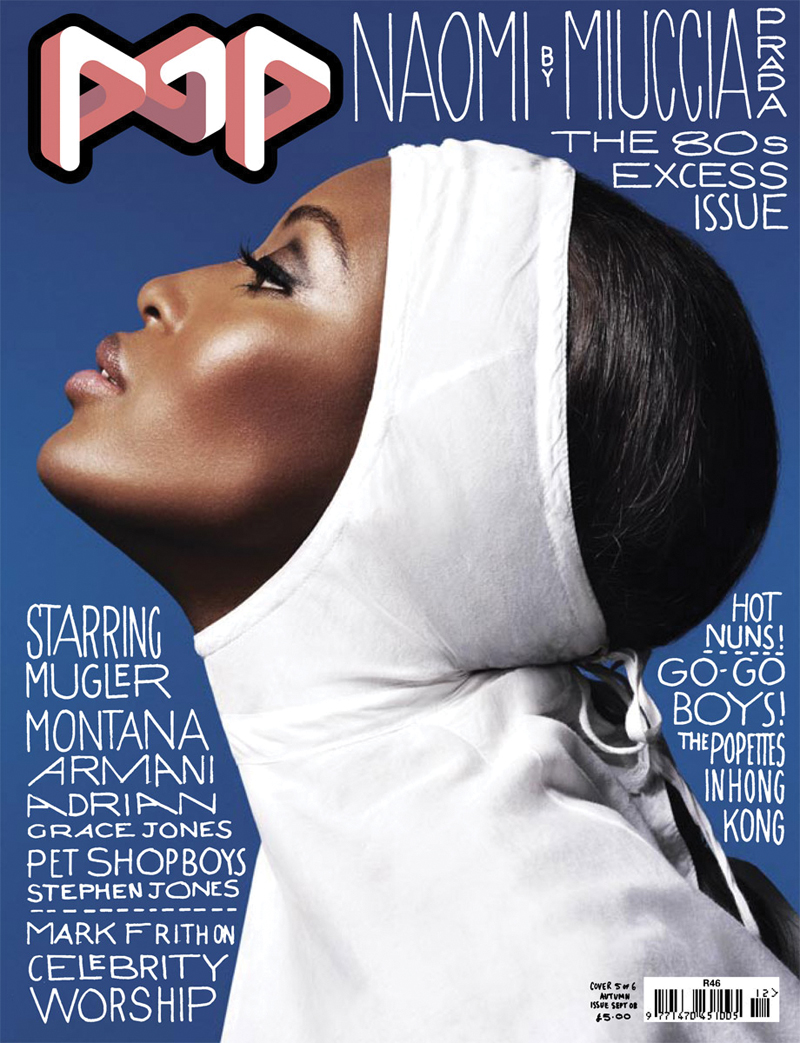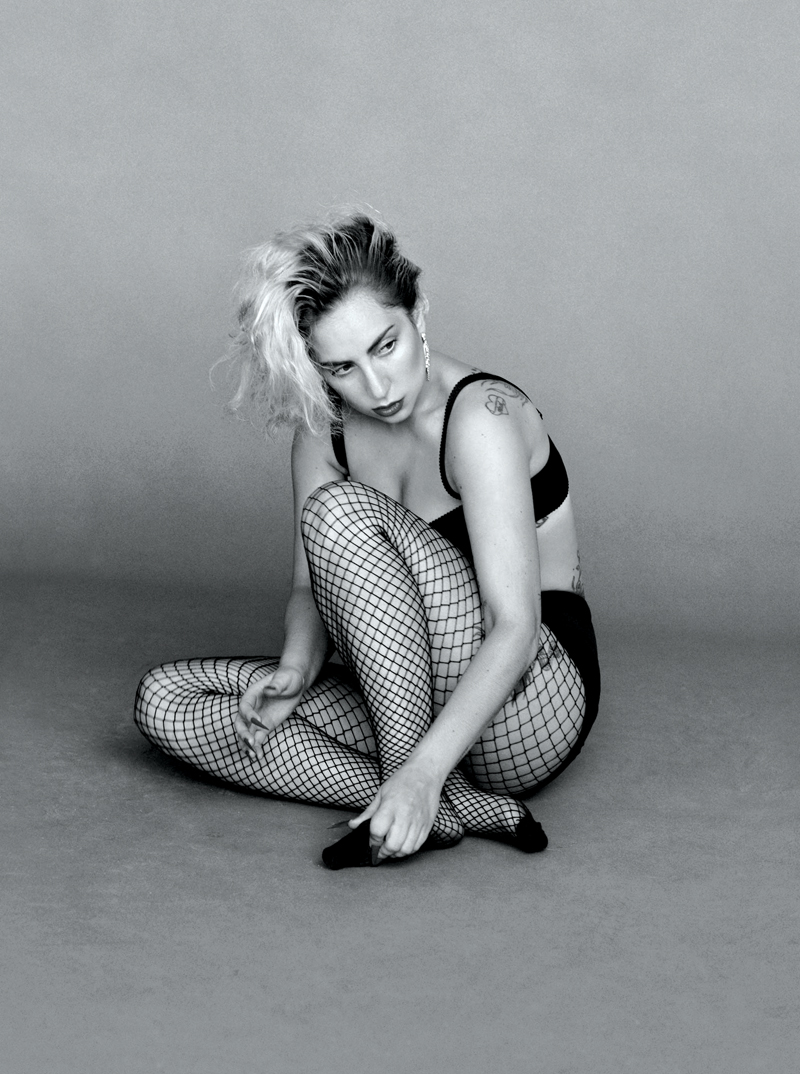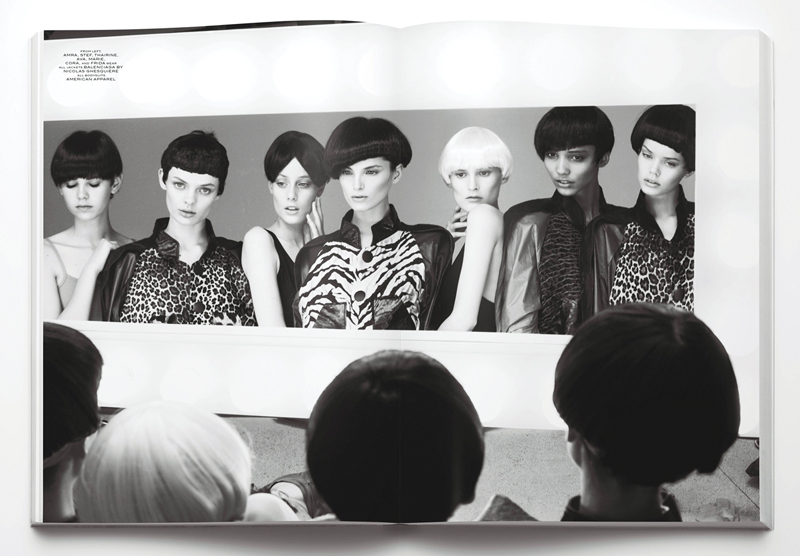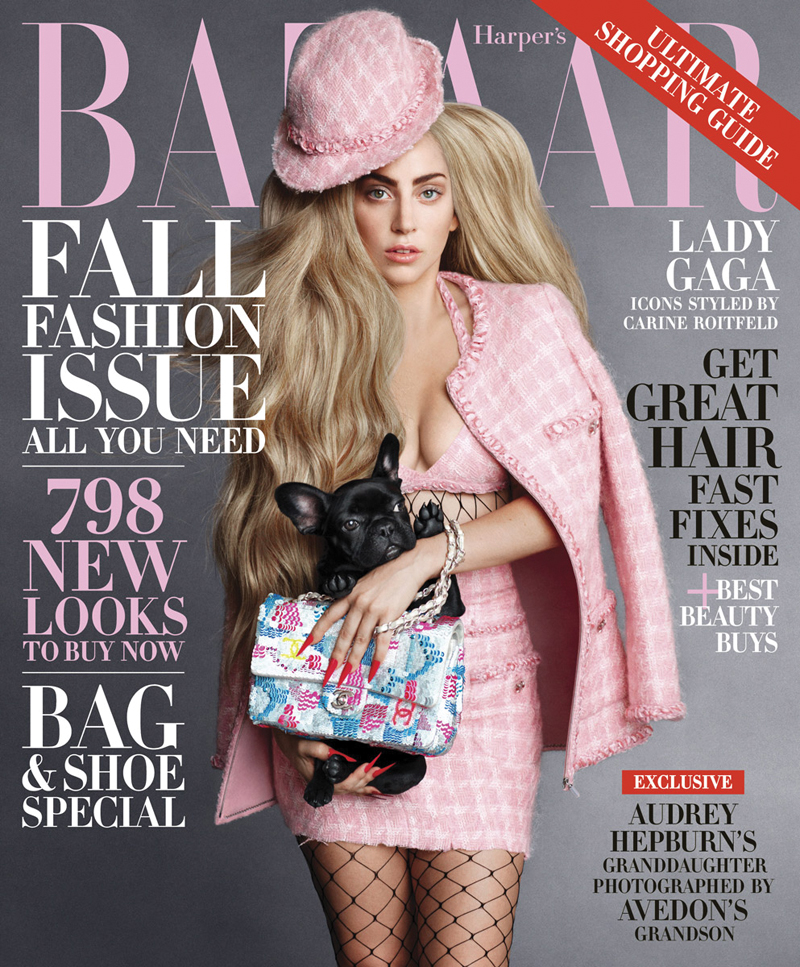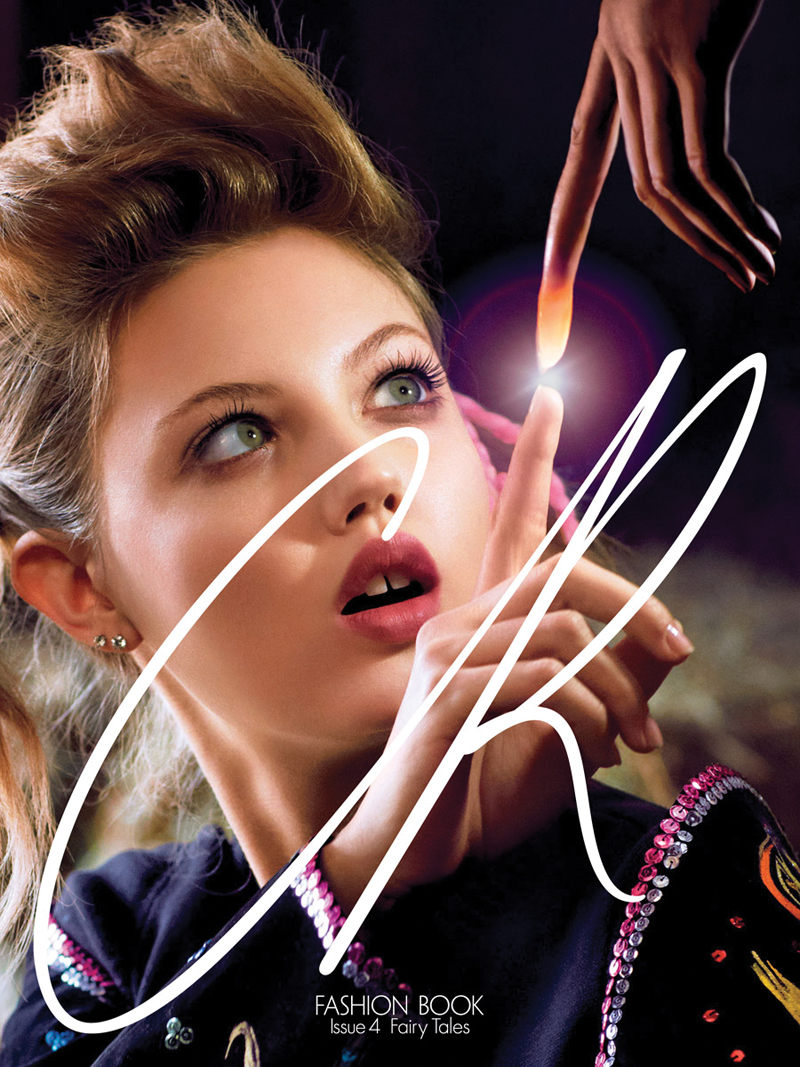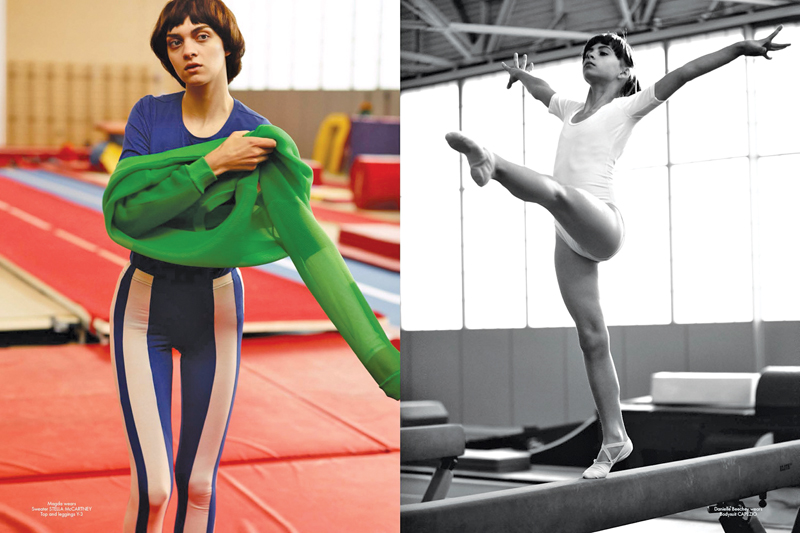Since he published his first photograph at age 18, this young phenom was never scared to take risks and create his own individual visual language. Today, more than a decade later, he is one of the most original voices of his generation.
What do you love most about what you do as a photographer?
The connection with the subject. I’m really shy in real life. I keep a distance from people I’m not close with, but when I’m with someone taking pictures, I become both the photographer and the subject in a way. I become them and they become me. When I’m taking pictures, the relationship with my subjects is much more intense than most of my relationships in real life.
Do you think the same is true for your films?
No. In films, I’m very focused on getting all the elements right. I only think about excellence. When I’m taking pictures, it’s about the relationship with the subject and getting something out of them that no one has before. I think I’ve accomplished that many times in the past.
Such as?
Gigi [Hadid] and Kate Upton. I shot their first fashion editorials, maybe saw them in a way other people had not seen them yet. I don’t wait for others to tell me what to like; I like what I like. Celine Dion, was already a legend when I shot her with Carlyne [Cerf de Dudzeele], but it was about getting something from her that people were not expecting. Changing their perception of the subject. I tried to do the same in my first shoot with Lady Gaga, but it was her beginning and she had a very clear vision of how she wanted to be perceived. A few years later, she was much more receptive, when we shot the Bazaar September cover that ran in about 30 countries, we had a true, inspiring creative collaboration.
You first started shooting your friends in high school. How did you learn the technical side?
I understand natural light very well. I’m very visual and I like to be quiet, looking at things. To be honest, equipment is a bit of a nuisance to me. I tend to stumble on the cables and be blocked by the light in front of my subjects and my set. They don’t let me think. Early on, I had to find a way to get rid of that. I live in a fantasy, so for me to have cables and plugs and electricity and lights blocking my sight is a problem. I’ve had to learn to make the most out of the light that God gives us. The cameras of today can read light in a very low exposure, so I don’t need to reproduce that with lighting. It just keeps more distance between me and the subject. And it’s about what the subject is giving to you. The emotion is all that matters. It’s more about the flirt and the game and the beauty of it all.
Whom did you admire when you were first starting out?
Mario [Testino] and Carine [Roitfeld]. I saw them almost as one same thing at that time. They were showing something so simple—it was a world, a philosophy, a new way of portraying gender, and a way of being. As a kid, they were showing me how to be free. It was a time when I had questions about myself, and they were depicting a world where it was the same to be a boy or a girl, super bourgeoise or a punk, a success or a mess.
Why do you think the discussion about gender is such a hot topic these days?
It’s not such an important discussion to me anymore, but it was when I was younger. I grew up reading Virginia Woolf’s Orlando—this idea of someone who lives half their life being a man and half their life being a woman…to me you cannot even be an artist if you are not both. I’m from Buenos Aires, and people in school or my family were always somehow intrigued in a rather positive way by me, so I never had any problems being who I was. There was never such a thing in my life as coming out, still today I can’t feel like I belong to this or that sexual orientation; it’s such a cliché to even talk about this now, but it wasn’t when I was growing up. So many people have paved the way for us to live in this world today, and I respect all of them.
What is the future of fashion photography?
Although people say that no one looks at magazines anymore, the truth is that while everyone might be looking at Instagram most of the time for information and images, you have to have the paper to legitimize. One can’t live without the other.
You recently curated an entire issue of The Daily Summer—the first time you’ve ever done that kind of project.
Brandusa [Niro] is very charming and very smart, and after all these years, I like to work in an environment where I’m going to be heard. I liked the freedom of being able to make the kind of pictures I really want to make. I was extremely seduced when The Daily told me I could shoot whomever I wanted. The experience felt like being home.
How did you choose the subjects?
Lara [Stone] is just perfection; Miles [McMillan] when I hold a camera is in a way my alter ego, and I love him to pieces; Hari [Nef] is such an inspiration to me; and Lindsey [Wixson] is so beautiful and authentic as a person. Carine [Roitfeld] is like my family and my teen idol, and Alan [Faena] is my cousin, but first my best friend and then my family. We shot in his hotel, and the experience felt like a movie. How could I say no to something so perfect? It was easy like a Sunday morning.
You have a certain fearless charm that makes your subjects come alive for you. How do you do it?
I think it comes from my family and the way I was raised. I’m fearless, because I’m not so thirsty to be a fashion photographer. It just kind of happened to me. I’m not scared of losing everything I have. I was never here to make tons of money, even though I love money, because I love to spend money. For me, it’s all about the thrill of making art, and the fun of it. We’re not doctors or lawyers—we’re just playing. If it’s a game, then I’m a player.
What would you be doing if you weren’t doing photography or making films?
I could be anything—a gardener, a carpenter, a housewife, a businessman, a gymnast, a hooker. My dream is to make marmalade in the country. I could also do nothing all day and watch the wheels go ’round and ’round, like the John Lennon song. And I would be just as happy as I am today. Mario [Testino] once told me that when people are talented in life they are not just talented at one thing, and I do believe that. Today, someone told me I’m like an actor portraying a fashion photographer. That’s accurate—like Gena Rowlands says playing an actress in Opening Night, the [John] Cassavetes film: “I seem to have lost the reality, of the reality.” It’s a struggle and a journey to be the most honest with yourself as you can be, to do whatever comes from your gut. And that is my journey.
Who would you love to photograph right now?
Lana Del Rey. I listen to her songs 24 hours a day. She follows me on Instagram, at least I think she still does [Laughs] and I follow her, although we don’t know each other. We’ve never met. She’s so beautiful. Her song “F**ked My Way Up to the Top” is very close to me [Laughs]; it has to do with (one of the many) wrong perceptions that people have of me that I enjoy to play with.
You are notoriously very opinionated on the fashion in your shoots. How has that worked for or against you?
For most of my life I’ve worked only with Carine [Roitfeld] and Carlyne [Cerf de Dudzeele], and I would never tell them what to do, because they would f**king kill me. When I’m not working with them I have this urge to tell the stylist what to do, but I control myself and bite my tongue, because I’ve learned that the best work comes from collaboration. Saying this might sound pretentious, but I did have this schooling, so my standards are very high.
Are there any other misconceptions about you?
That I can be stubborn and tough maybe. But the truth is that I’m the opposite of that; I’m a real pussycat [Laughs] and anybody who works with me will say it. I’m eager to please when I’m on set. I work my ass off. Yes, I won’t stop until everything looks incredible. But I am nice, not nice in the sense of the way my mother is nice to neighbors. It’s more like that I treat people with respect—and everyone on set equally. The only time I get tough is when time is running out and I need to make quick decisions in order to achieve greatness, which is my only goal.
Who do you like to have on set?
I’m a rather peaceful person, so I only want sweet people around me, and I want to be sweet to the people around me as well. And you know what? Life has shown me that kind people are better at what they do. There’s so much to do already, that it’s impossible to deal with difficult personalities. I only want to work with good-hearted, hardworking people who are eager to try and make something beautiful.
What have been some of the highlights of your career so far?
My first picture published in V magazine, one photograph of my nephews wearing Stella McCartney for Chloé. I was 18 at the time, and studying at Columbia University. Next was “Nun-Head,” an epic story with Katie Grand for Pop. I was really new to the business and didn’t know about all the nuances, like why a certain purse from a certain label had to be in a shot or any of the politics. I was just trying to make beautiful images and managed to land a 40-page story and six covers that way. That was amazing—we were playing Fellini soundtracks throughout the whole shoot and got into another world. My first covers with Carine for CR Fashion Book and Bazaar were a big deal, because she continues to be such an inspiration to me. All the years working with Carlyne were not just my schooling but also such a joy.
And as for what’s next?
I want to make films. I bought a place in the mountains in West Cornwall, Connecticut, and I try to spend half my time there now. That’s where I hope I’m going to have time to focus on writing and be able to make films. But I want to work on that while I keep taking pictures, because it has become such a passion. Why would I ever stop doing something that makes me happy?
Read the issue HERE.


